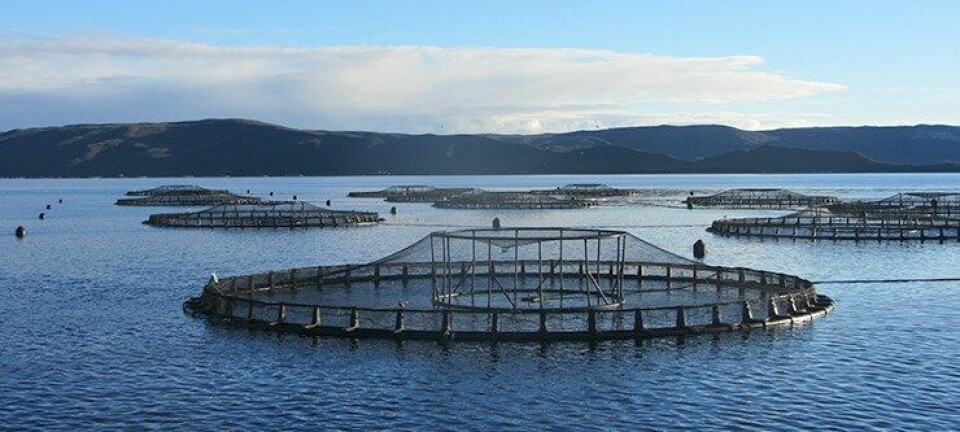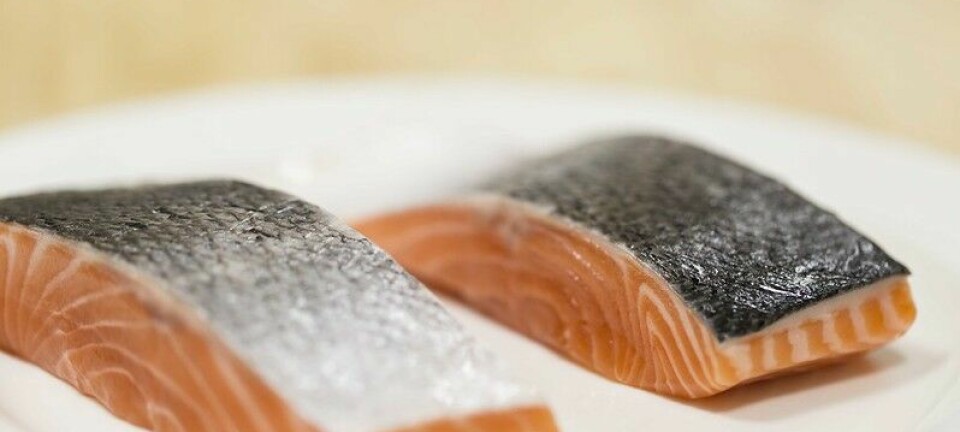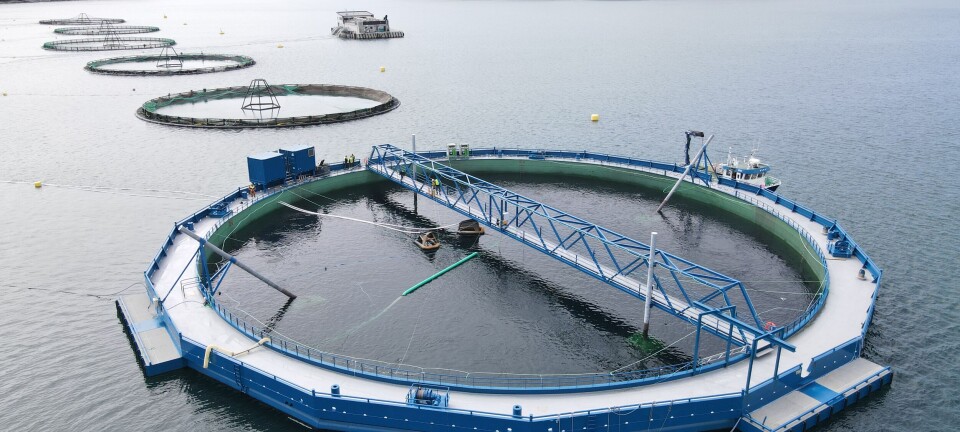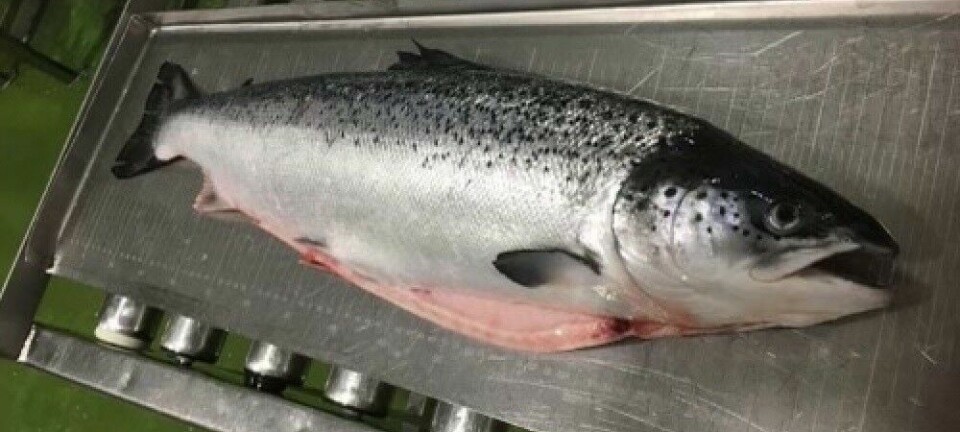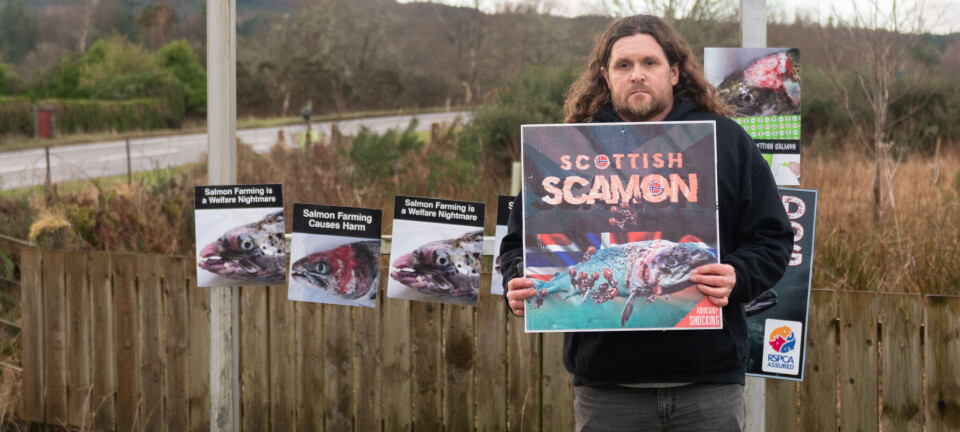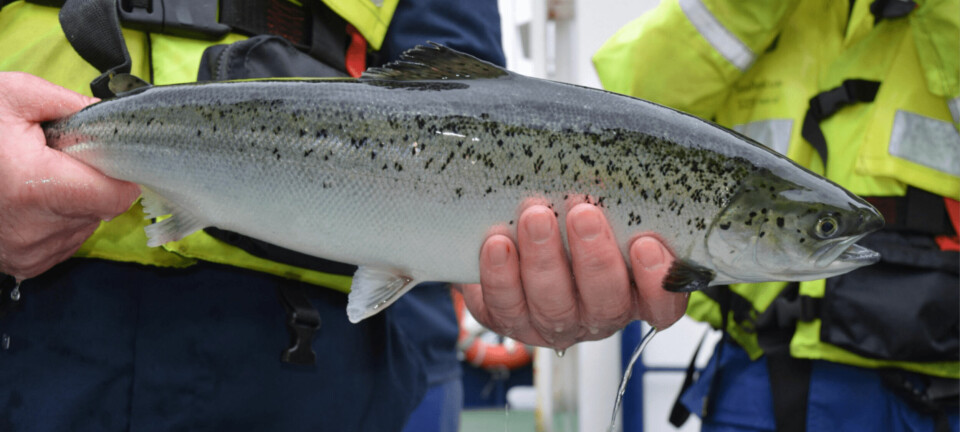
US aquaculture advocacy group appoints new director
The National Aquaculture Association (NAA), an organisation that advocates to United States’ finfish and shellfish growers at a political level, has appointed a new executive director, Caitlyn Czajkowski.
Czajkowski, who has a degree in biology and a master’s degree in natural resources, was selected las year as a NOAA (National Oceanic and Atmospheric Administration) Knauss Marine Policy Fellow, serving in the office of US senator Chris Coons. There, she worked on the senator’s energy, environment, and agriculture portfolio, gaining valuable insight into the legislative process and federal policy development.
As executive director, Czajkowski will advocate for NAA members and the broader aquaculture community, promoting growth, economic sustainability, and innovation.
"We're proud to announce the appointment of Caitlyn Czajkowski as our new executive director," the NAA said on its website. "Caitlyn brings a strong scientific background, policy experience, and a passion for aquaculture to this leadership role."
6,000 farms
According to the NAA, there are nearly 6,000 aquaculture farms in the US, producing some 1,500 different aquatic species for many different purposes using a variety of different systems and methods.
The economic impact of aquaculture to rural inland and coastal communities is said to be $4 billion, while the value of seafood imported by the US is almost $30bn.
The NAA says 44.8% of US aquaculture’s economic contribution comes from food fish production, 22% from shellfish, 14.1% from crustaceans, 13.1% from sportfish, baitfish, and ornamentals, and 6% from other sectors such as seaweed production.
It adds that aquaculture supports more than 15,700 direct jobs, nearly 2,300 indirect jobs supporting farms, and 4,400 induced jobs to local economies.
Catfish and tilapia
Numerous finfish species are produced in the US using ponds, tanks, raceways and cages, says the NAA. Catfish, salmon, trout, tilapia, and bass are some of the most common species of food fish, but there are many others.
The top five finfish-producing states in 2018 were Mississippi, Washington, Louisiana, Virginia, and California, although Washington’s ban on open net pen fish farming in state waters since then will have impacted its status.
According to the NAA, regulatory complexity and compliance costs in the US have resulted in the loss of access to markets, lost business opportunities and thwarted attempts to expand current farms or establish new farms.






